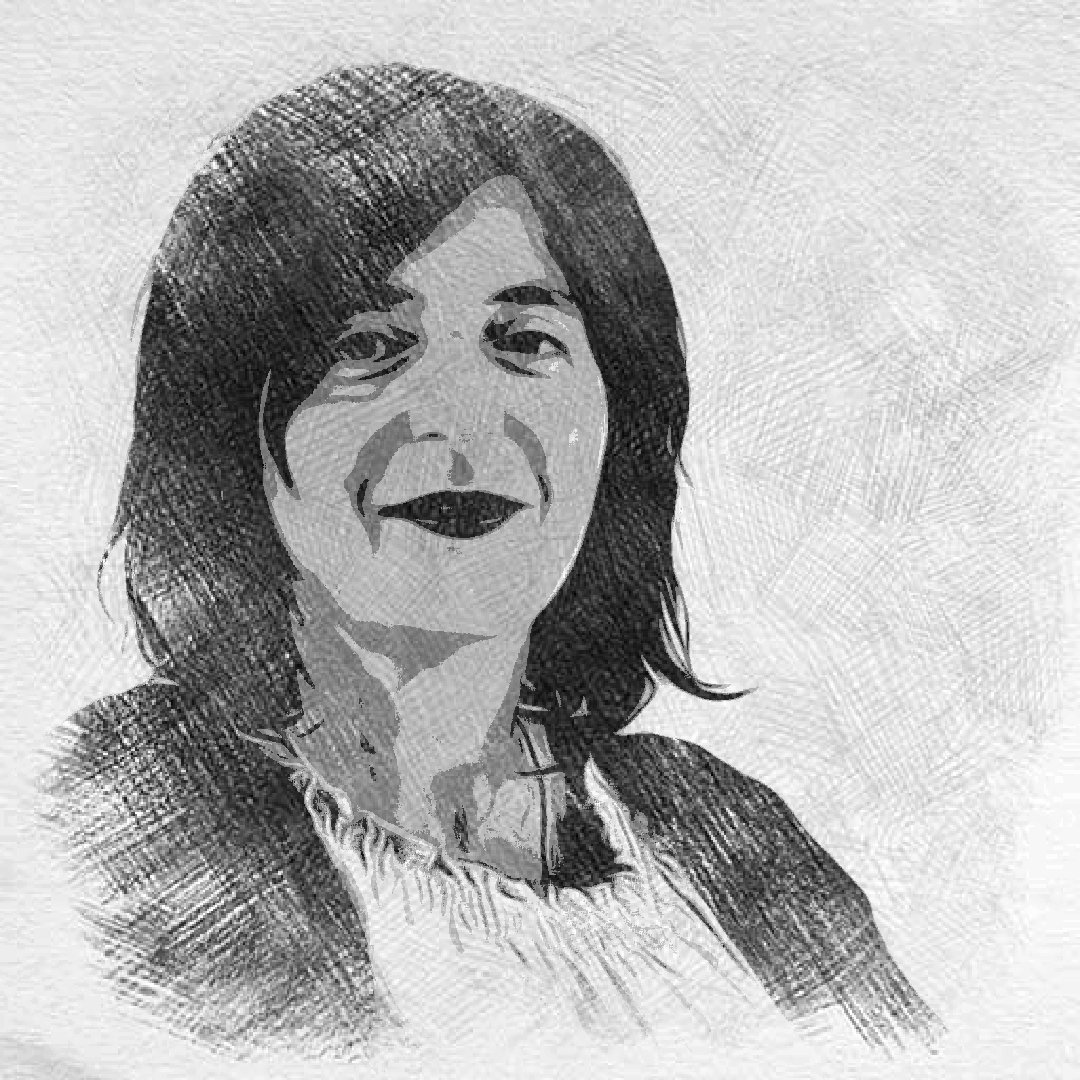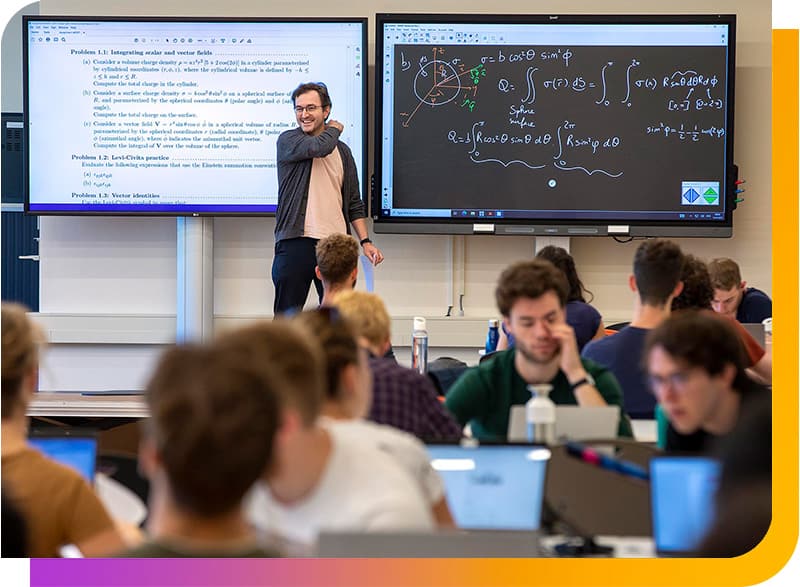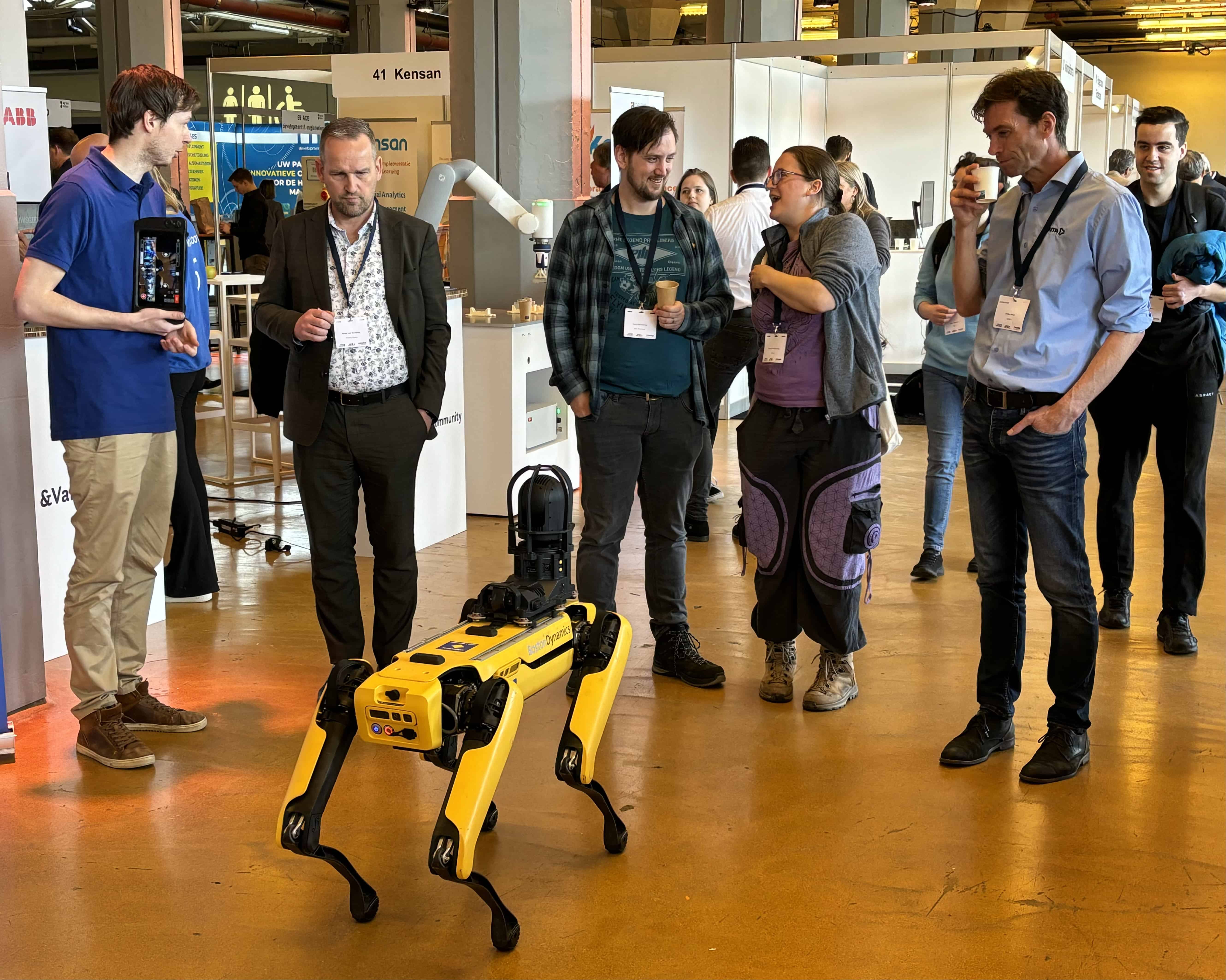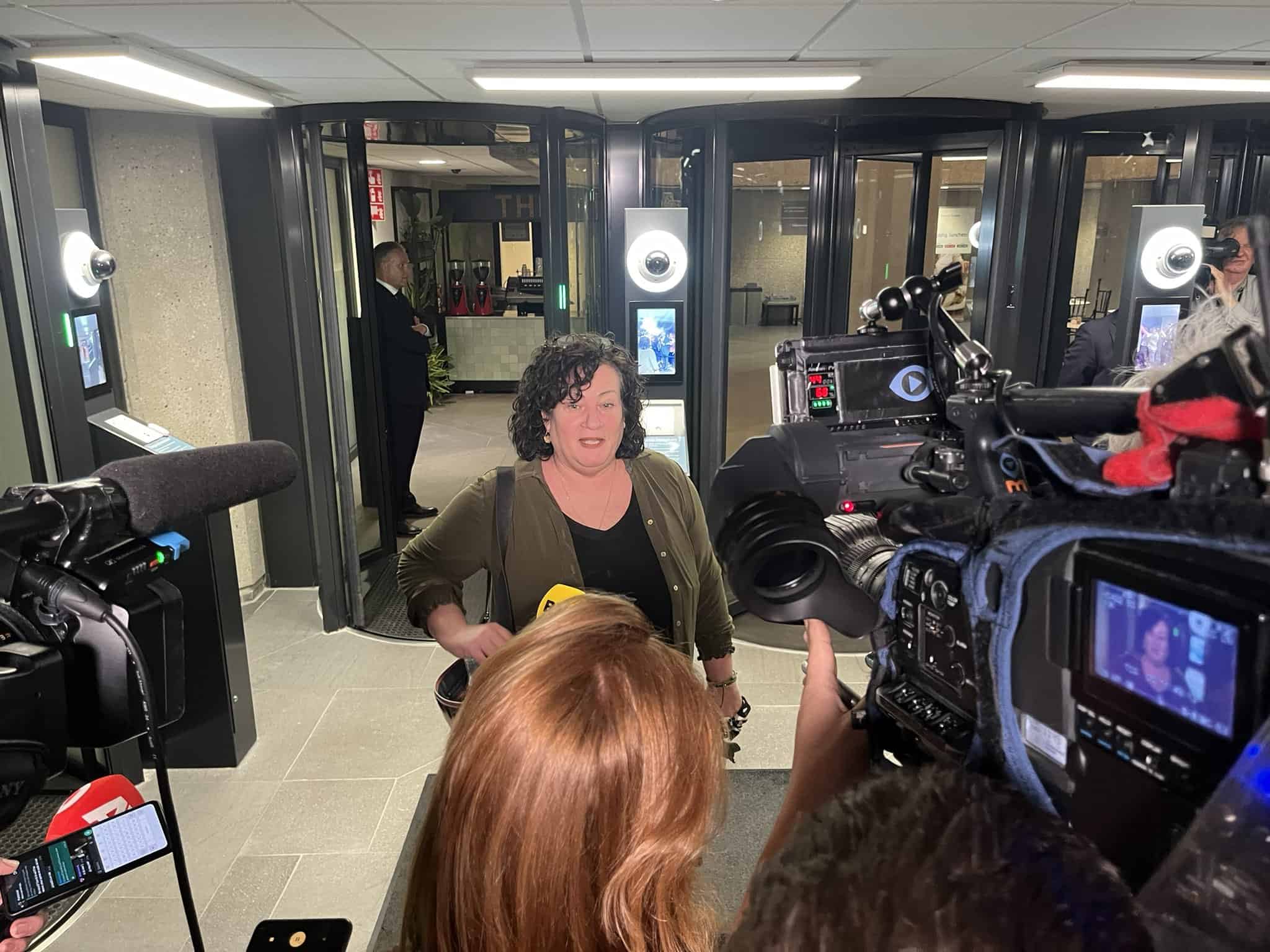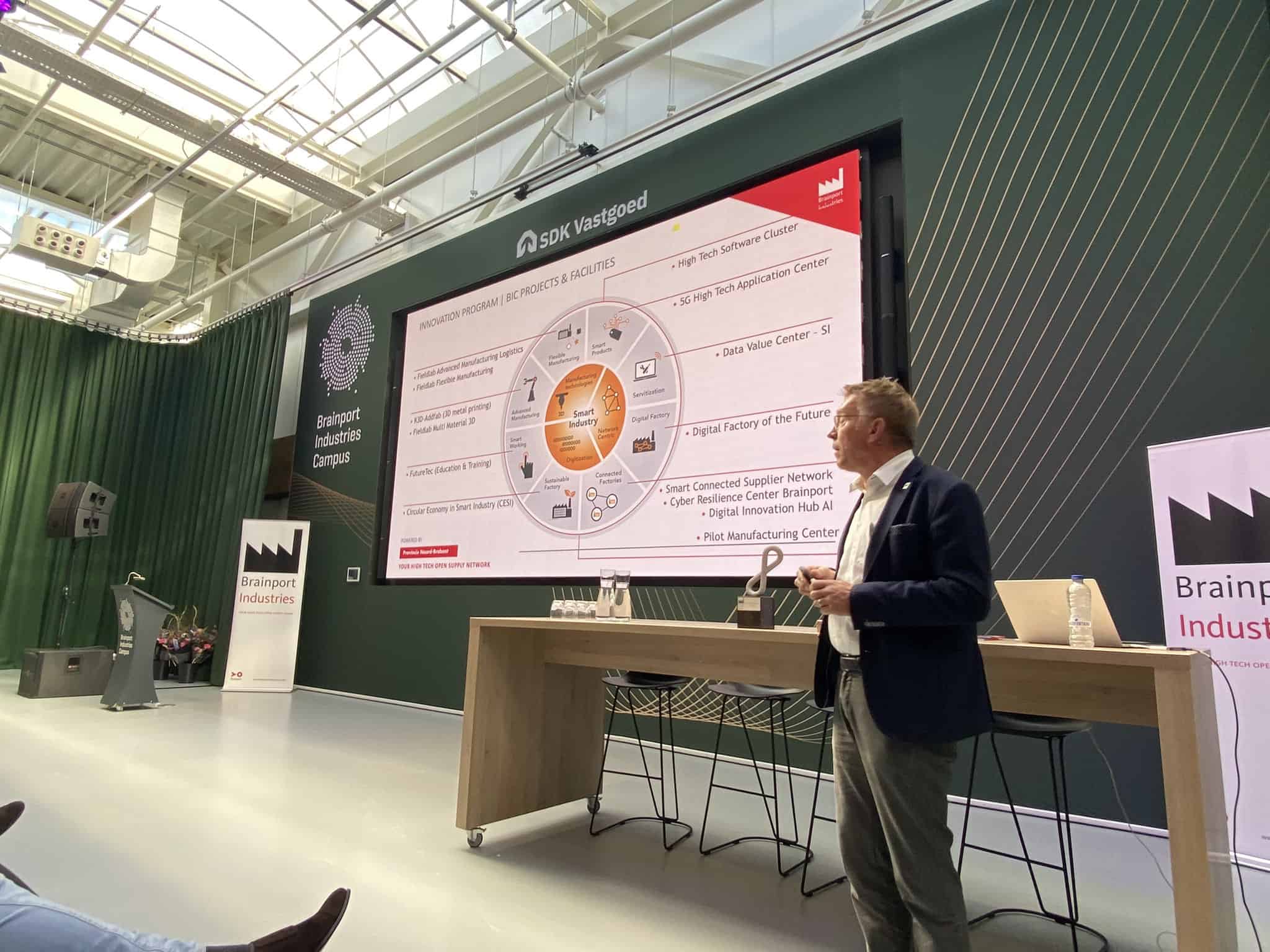
TNO and New Energy Coalition recently signed a partnership agreement. In doing so, both organizations aim to make significant progress in the energy transition. The formation of coalitions is essential when tackling complex issues such as energy transition. On May 20, Ton de Jong, Managing Director of Energy Transition at TNO, and Marieke Abbink, Managing Director of New Energy Coalition (NEC), signed a partnership in which they share each other’s networks, knowledge and experience.
What is the added value of this collaboration?
De Jong: “At TNO we do applied research. We feel it is very important to make a real impact on major social issues. It is obvious that the energy transition is crucial in this respect. But there are also many parties involved at different levels: from knowledge institutions and companies to the government, which can only be effective through cooperation. Our networks and expertise come together in this partnership. At TNO, the focus is mainly on technology and a systems approach. NEC focuses primarily on business analysis and the economic necessity of the energy transition. What also connects us: we both want to strengthen the earning capacity of the Netherlands.
Abbink: “The issues we face are extremely complex. And it all has to happen so fast. You can only do that if you work together. At NEC we work together with the triple helix: Companies, government and knowledge institutions, from the mbo (vocational training, ed.) and Hanzehogeschool Groningen to the University of Groningen (RUG). We at NEC also work together with some 200 organizations in the Northern Netherlands, i.e., Groningen, Friesland, Drenthe and North Holland.”

De Jong: “Through this collaboration, TNO strengthens many (new) networks. It’s a win-win situation: we develop knowledge together and share each other’s networks. NEC and TNO are also involved in various events. These are moments when you get to know all sorts of new people, including potential coalition partners. Such a combination makes us stronger and more efficient together.”
How does the collaboration manifest itself in your joint projects?
Abbink: “A very good example is the North Sea Energy program. This is about energy transition in the North Sea and has been running for a number of years. It’s a very concrete example of how energy systems can be linked to renewable energy sources to save costs and reduce CO2 emissions. This is while at the same time making the best possible use of the North Sea and taking into account other users and interests, such as shipping and fishing, as well as nature and biodiversity.
Here you can see how we complement each other very nicely. In the North Sea Energy project, TNO brings a lot of knowledge and data to the table and NEC is more concerned with social issues. TNO is an expert in energy techniques, while we are very capable of carrying out all kinds of business analyses. But we can also look at the energy system as a whole: from production to transport, storage and use. The study of those chains forms one of NEC’s areas of expertise.”
De Jong: “If you look at offshore wind, for example, producing power through wind energy, there’s a lot of technology behind that. How do you build a wind turbine like that? How big is it? How are the rotor blades put together?

And how do you then ensure that the yield is optimal? At TNO we work on optimizing wind turbines, while monitoring how everything can be further optimized and how to ensure that the electricity is properly fed into the energy system. The North Sea is an excellent place for testing with space to create large wind farms and thus green electricity.”
Abbink: “Another good example of our collaboration is HyDelta. This is a national research program in which TNO is conducting research into the transport and storage of hydrogen over long distances via pipelines or using ships, with NEC acting as project leader.”
De Jong: “The Netherlands already has a gas infrastructure. It would be great if hydrogen could be transported through those gas pipes. But you would need all sorts of modifications for that, such as compressors. The question also arises as to how you get hydrogen into the gas pipes, how do you get it out again, and how can you store it temporarily if necessary? These are technological developments that TNO is researching and advising on. It’s about adapting gas pipes in an economically responsible way so that they are made suitable for transporting hydrogen.”
How important are these developments for Groningen? Not just as a replacement for gas production but also in terms of employment?
Abbink: “This is incredibly important for Groningen. Turning off the gas tap means that a lot of jobs will be lost. There is a desperate search for economic prospects. So if there’s a sense of urgency anywhere, it’s here in the northern Netherlands. Because energy transition is also an economic opportunity, it is therefore being grasped here with both hands. Groningen is also very close to the sea and to industry, including Eemshaven. If you look at hydrogen, the necessary infrastructure is already there. There are also all kinds of networks and knowledge institutions in place. So there is certainly a sense of urgency: there is an opportunity here. And we really have to seize it now!
How important is the testing phase?
Abbink: “Very important! TNO and NEC are also working together on the IANOS European island project. An island like this is of course a well-defined energy system. It’s a great place to practice how to make it smart and CO2 neutral. Ameland and the Portuguese island of Terceira are involved in this project. There are also plans for further rollouts in Italy, Greece and France on the islands of Lampedusa, Nisyros and Bora-Bora in French Polynesia, respectively. The idea is that the insights gained from the first two islands will later be applied to the other three.”
De Jong: “Ameland intends to become a forerunner in the energy transition. It has drawn up an ambitious program to take the lead in the energy transition for 15 years by being CO2 neutral by 2035. Steps have already been taken including a solar park, electric buses and dimmable smart LED lighting. There are also projects planned in Ballumerbocht with a high-pressure digester, a second solar park, hydrogen production and energy storage. This is in addition to electrification of the NAM offshore drilling platform and making the heat demand more sustainable by insulating homes. The aim is to address all these components in an accelerated and integrated way, while at the same time making them economically attractive. TNO is involved as a consultant in the Sustainable Ameland project.”
Abbink: “That is also the phase of the energy transition we are currently in. This transition has a number of milestones in the run-up to 2030 and 2050. That’s how you have to see all these projects. That is what is needed to achieve the agreement that we ultimately made with each other in the Climate Agreement. In that, we as TNO and NEC are both parties trying to do good things: to make a real impact with these new solutions.”
Read also: No energy transition without a circular transition

